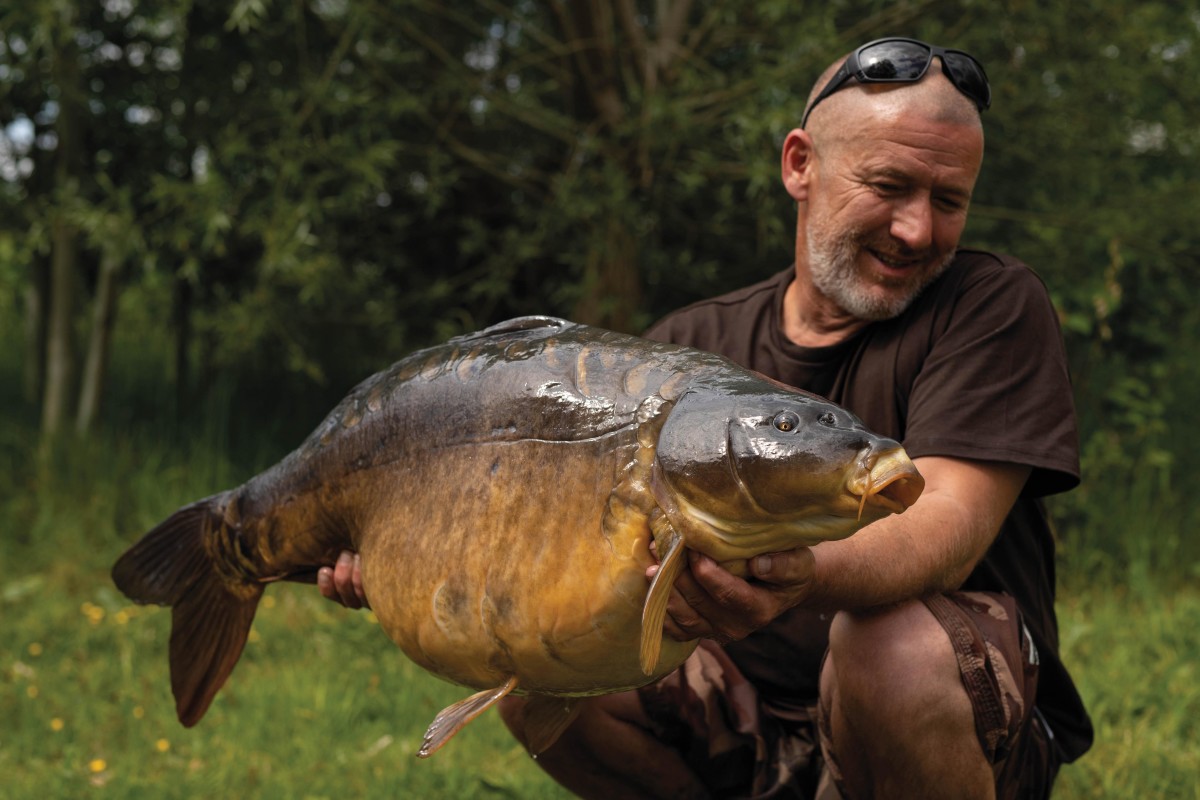
Breaking The Unwritten Rules
Steve Renyard is renowned for doing his own thing, even on pressured venues where one type of angling usually dominates. It certainly works for him too…
Carp anglers are a funny old bunch. It’s safe to say that they can be stubborn at the best of times, and sometimes I think they could really do with having their heads knocked together!
I am sure we have all been faced with the following scenario… On any given busy venue, there’s the going tactic, known swim, or a specific bait which all the regulars swear by. Anyone who doesn’t fish like they do is doing it wrong, and their chances of catching, of course, are next to nothing! This, though, couldn’t be further from the truth. Carp are the same creatures wherever you fish, so how anyone could believe that fish in certain lakes eat only particles, for instance, is beyond me…
Do your own thing
Over the years, I have become accustomed to fishing my own way, no matter where I fish. I don’t tend to let the unwritten rules bother me—people can stop and stare all they like while I do things my way. The added bonus of this attitude, is that more often than not, my methods are different to everyone else’s. This puts me one step ahead of the other anglers in my eyes. As the saying goes, if you fish the same as everyone else, you will catch the same as them too. Time and time again, my simple tactics have proved super effective on even the busiest circuit waters, and sometimes I even go out of my way, just to be different.
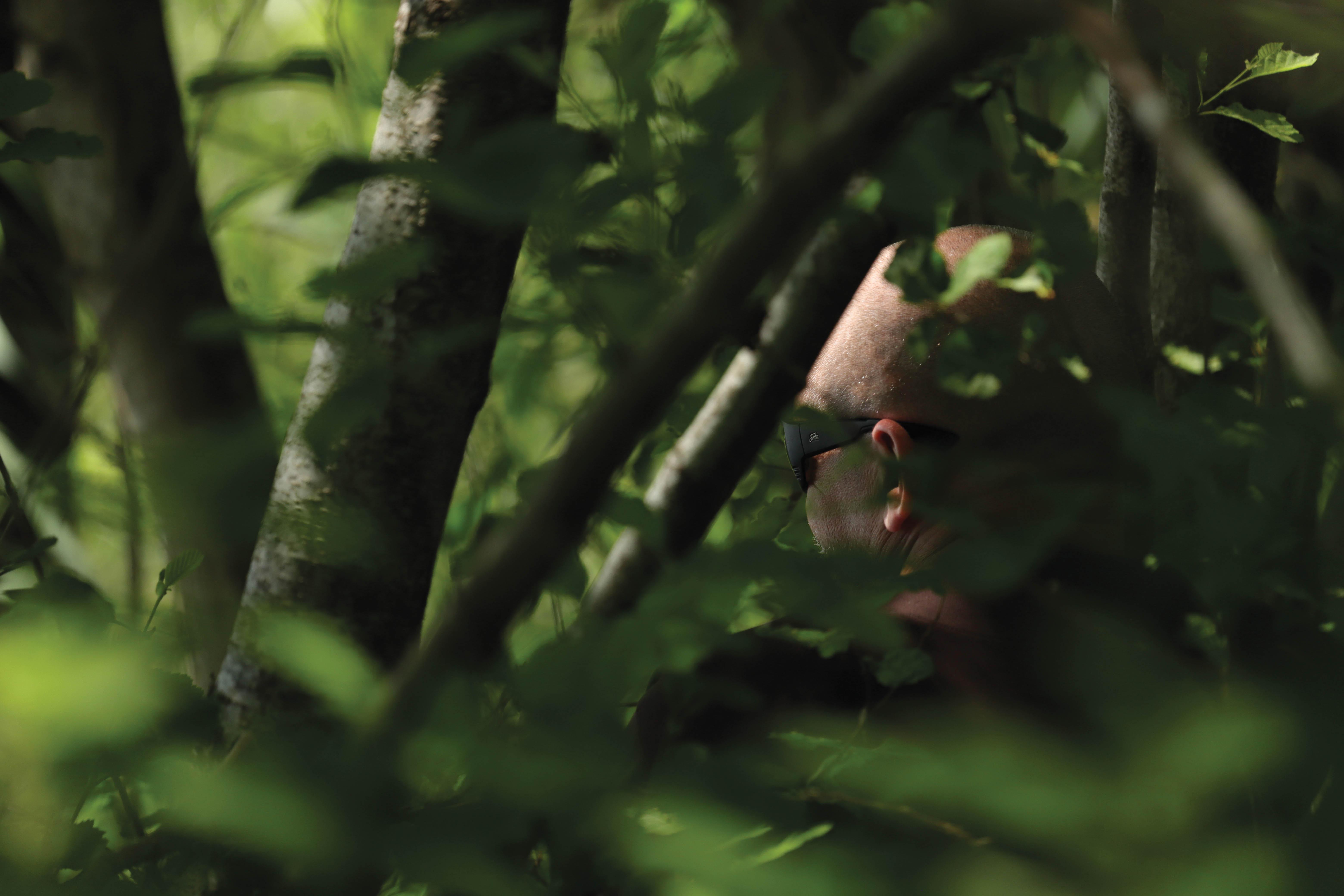
The session on Junction 12 Lake in Reading that’s documented in part of Thinking Anglers’ Insights Volume Two is a perfect example of how doing things differently can pay off in a big way. Junction 12 is a very special lake. It contains a really good head of carp and has all the typical features you might expect from a southern-style gravel pit. As a result, pretty much every angler fishes the same way on there: a big bed of small baits with three rods over the top. There’s absolutely no denying that this method catches fish, but it seems to attract the main herd or pack fish that tend to be smaller, and through trial and error, I proved this during the session.
I baited a lot of spots in the margins during that trip, and caught a few nice fish from them using a pellet mix during the day. Given my success, I decided to use the same method out in the pond—why wouldn’t I? It soon became clear that using small pellets with the odd boilie mixed in was like catnip to the population of beautiful, yet small stockies in the lake. With the sun beating high in the sky, I went stalking again, and I actually managed to bank a larger fish over the pellets. I had already made my mind up, though… I was going to change tactics completely!
I fished the Basic Complicated Rig on the first night, and also in the margins throughout the day. This part of the equation was exactly the same, but it was the baiting strategy I decided to change. Out went the pellets and in came what, for me, are the best catchers of big carp of all time: boilies… and big ones too! The carp in Junction 12 were so tuned into the super-attractive pellets and small Krill Active boilies I was feeding, I think the bigger fish never got a look in. Factor this in with a tightly compacted baiting scenario and little wonder I caught only smaller fish from out in the pond.
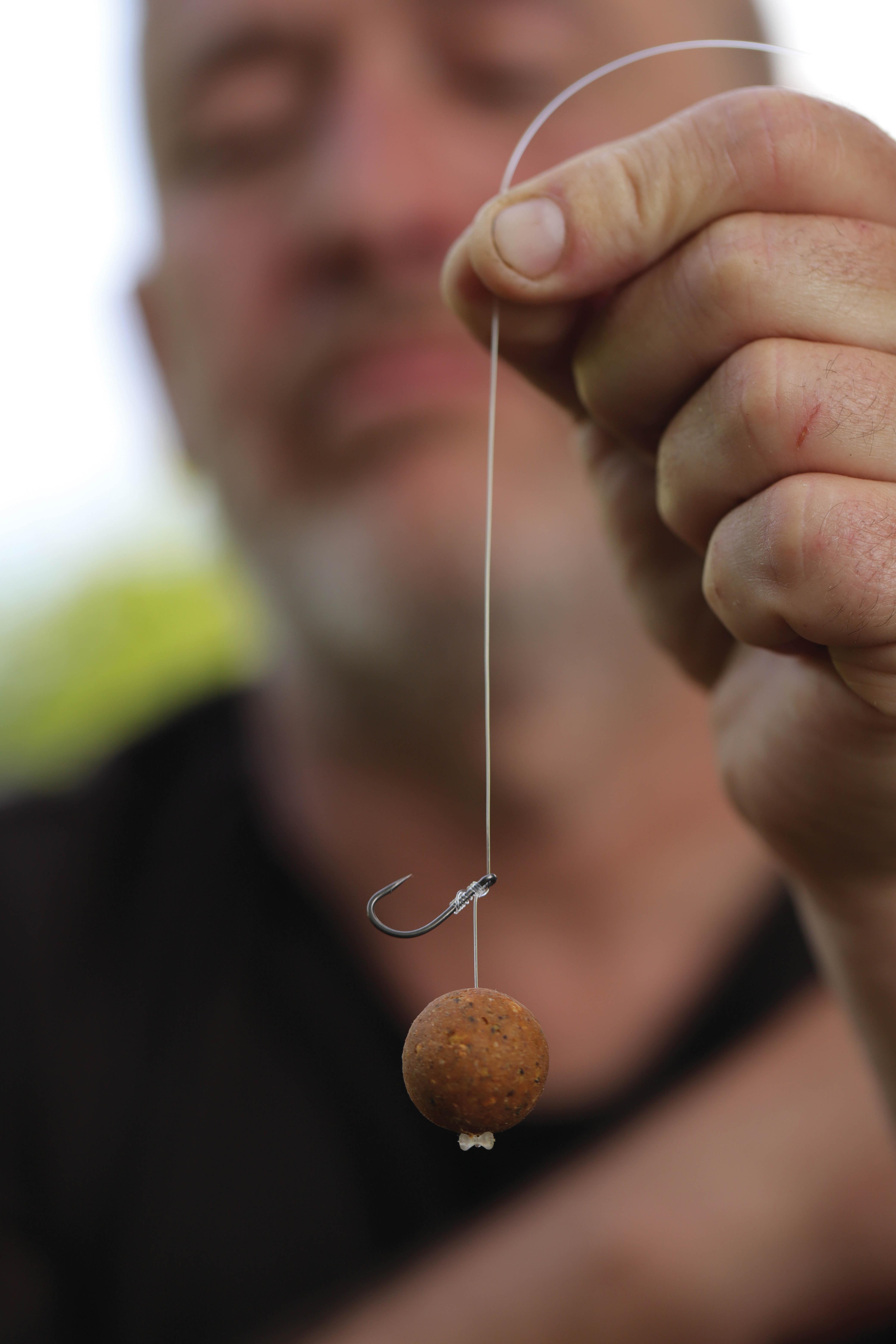
I swapped the small mesh bags of pellets on the rigs for five-bait stringers, ditched the Active boilies for big 20mm standard Krill, and decided to change the way I baited up. I still fished the same features as before, but I sprayed my 20mm freebies around a huge area. This removed the concentrated feeding situation, which I think spurred the smaller, more competitive stockies. My initial approach was replaced with a large area of feed with boilies fairly evenly spaced, which I hoped the big carp would move on to and slowly graze over, without being out-competed by loads of busy little ones.
The traps were set and I sat back to take in the evening with the film crew. Bite times on the lake seemed to come like clockwork, and I was virtually guaranteed a good night’s sleep as the fish tended to come on the feed from first light. Sure enough, the following morning, I received a steady bite, and after a slow and deliberate fight, I netted my second 36lb fish of the session. This cemented how key your baiting approach often is… I firmly believe that had I not changed tactics, I would have caught just a couple of stockies on that last morning.
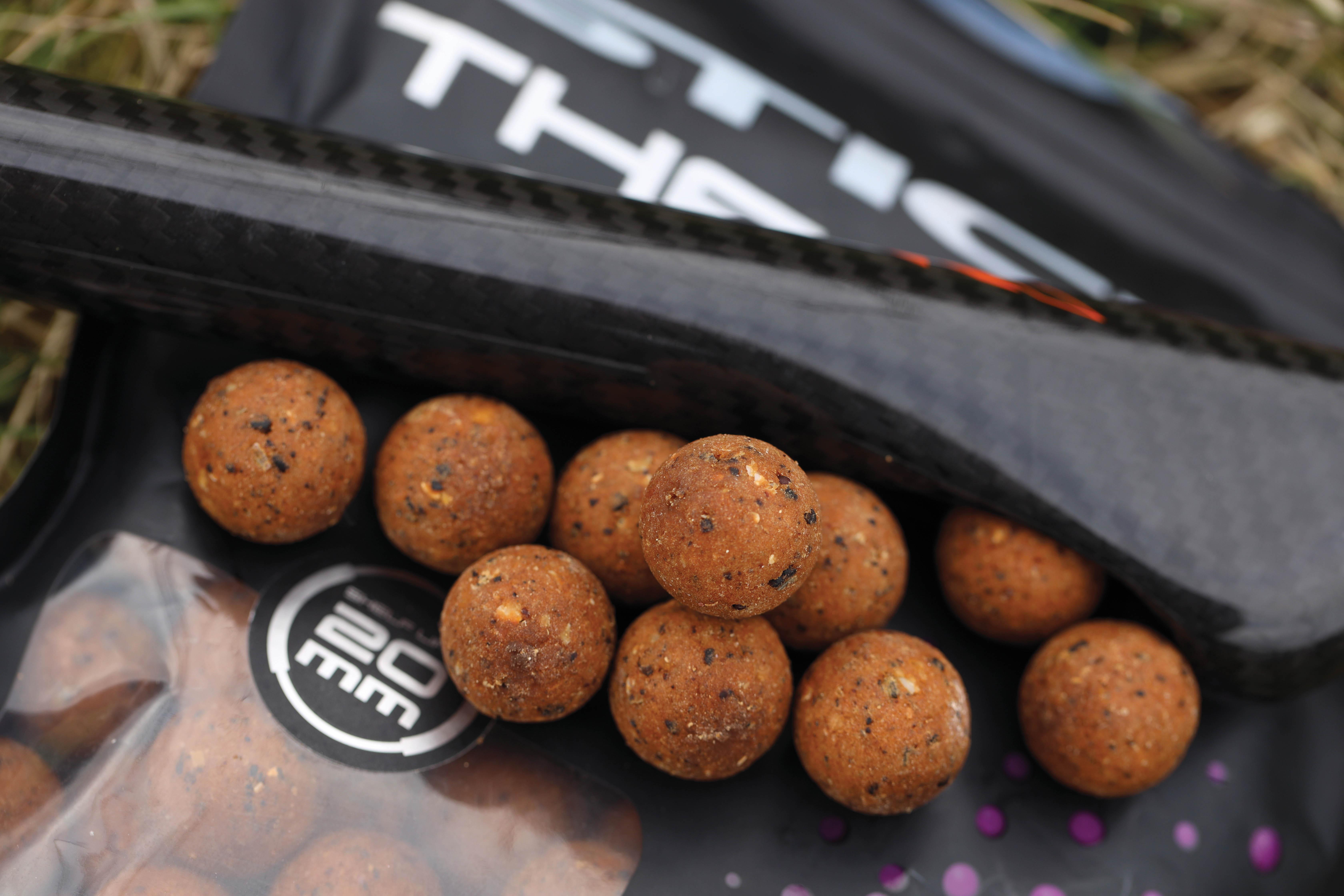
Doing the opposite
Fishing boilies on their own has really served me well over the years. Even when I first came back into the scene, as it were, they still worked incredibly well. I remember, in particular, a session at Linear Fisheries which really did prove beyond any doubt that fishing with just boilies works, and works well.
I’d set out to fish Brasenose Two, one of my favourite lakes on the complex. It really does have everything, from vast quantities of big fish through to larger specimens. The stock of thirties across the entire complex is almost unimaginable, and Brasenose Two seems to have its fair share, many of which are lovely and scaly. My plan was to fish with a couple of mates for a few days, ahead of a tuition with a customer of mine.
On the drive round, I noticed that every peg was virtually a carbon copy of all the others. Spod rods were either in use or resting on the bivvies, a big bucket of particles next to them and all pointing the same way. Straight away, my brain set to work and I formulated a plan. The swims are tight on Linear, but there’s still enough room in most to have a bit of separation between your rods. I did just that, and separated them nicely. Whilst everyone else whacked out to the horizon with bits of fake corn or tiny little wafters, I chose to fish at a comfortable range with just boilies. It worked too, as I racked up a fair few fish before my tuition a few days later.
I soon had my charge up to speed on the goings-on before he’d arrived, and despite his reservations, we set about fishing the same way that I had been. I could see why people fished the way they did. For one thing, the gulls made using a throwing stick a nightmare! Once you’d got around that, though, the results were clear to see. My customer had nine fish to thirty pounds using a method that gets completely ignored, while a lot of others seemed to struggle. Back that up with the twenty-two fish I landed to mid-thirties, and you could say that we hit the nail on the head with our tactics.
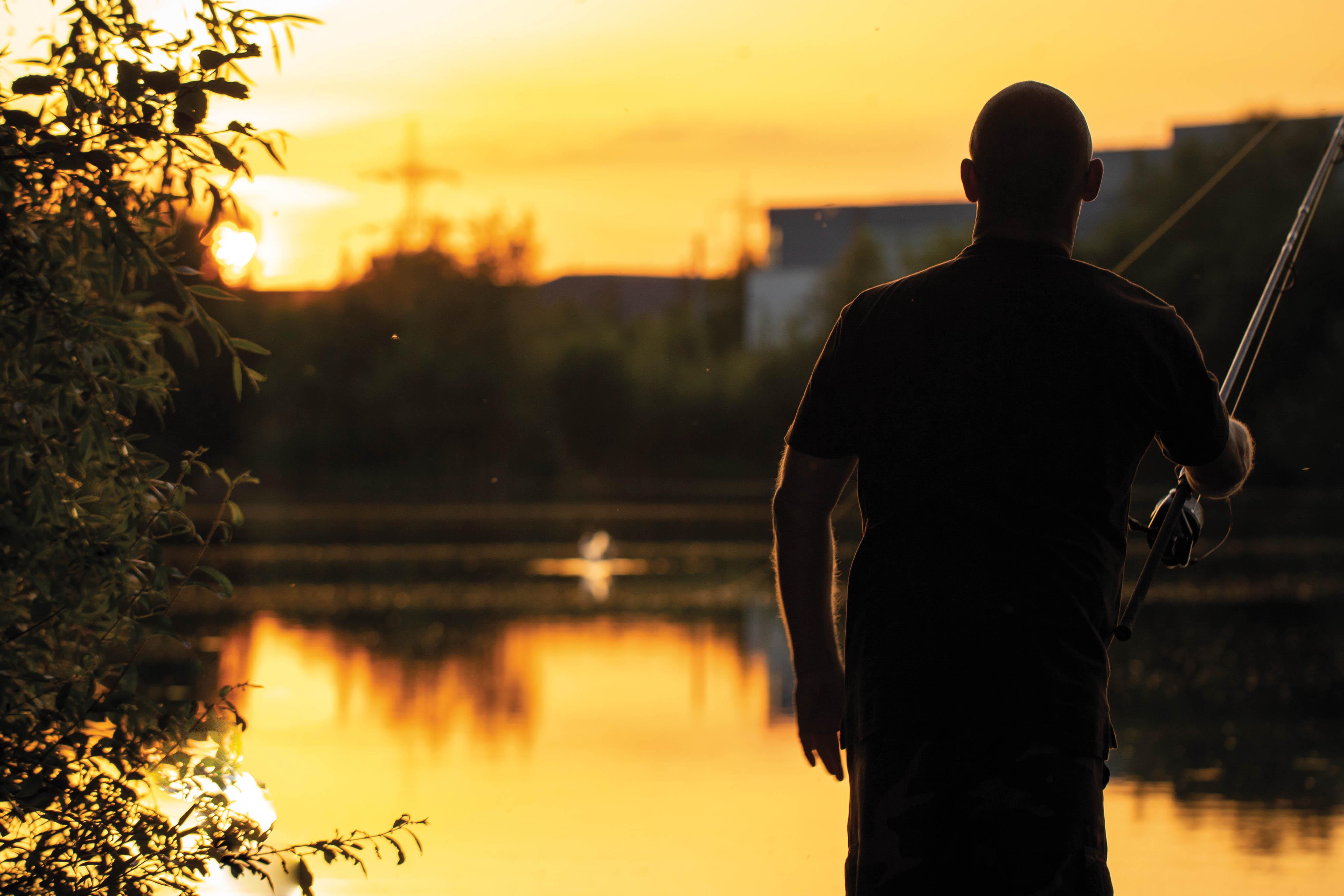
Just to prove a point…
I had a few nights left, and not wanting to rest on my laurels, I decided to move lakes to Manor Farm, another known well for the small-bait–tight-on-a-spot approach. I did exactly the same as on Brasenose Two, using a Basic Complicated Rig with a round stringer over a spread of freebies introduced via the throwing stick. This produced a lovely thirty-pounder and a couple of other fish—a great result considering the lake was super tricky at the time.
Just to prove I am not flogging a dead horse here, I actually tweaked my tactics on my second night for a couple of reasons. The weed on Manor was much more severe than on B2, which made spreading the rods around much trickier. Also, I recalled that when I fished Manor Farm back in the day, the fish really loved boilie crumb, so I set about spending the afternoon with a little boilie crusher, working my way through a few kilos of Krill. Even though I planned on spodding this out in similar fashion to what was the norm on the lake, it was totally different to what everyone else used. Most anglers used barely any boilies, with most preferring hemp and corn, which I believe is still the case today.
To cut a long story short, I went from strength to strength as the fish really got on the bait. I ended up with forty-seven fish with loads of thirties amongst them, all caught on a method that the fish had probably rarely seen, if ever! Carp are wild creatures. They don’t have the brain capacity of us humans, but we don’t half make it easy for them!
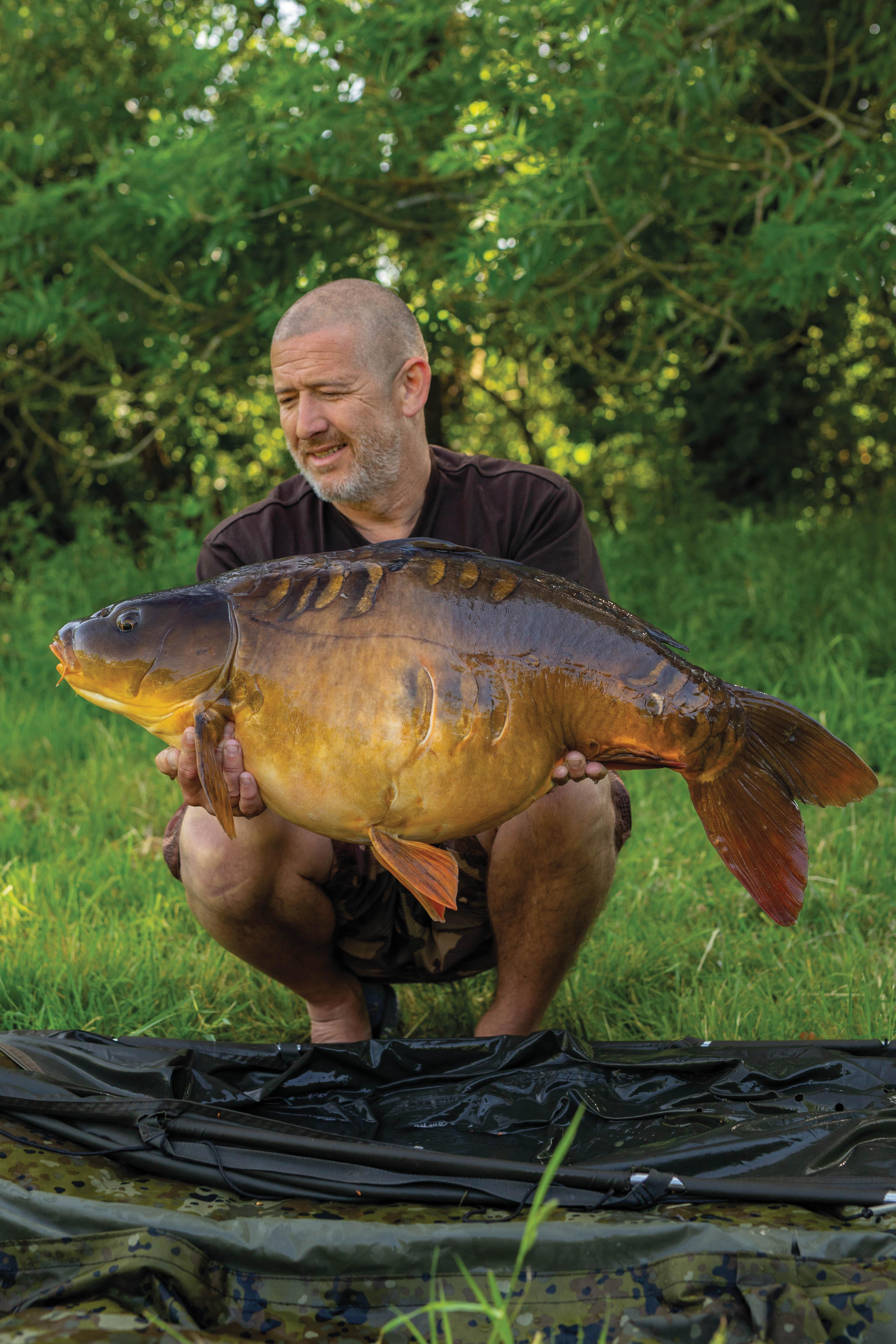
They learn by association, and as a result, they become conditioned to seeing the same thing time and time again. Eventually, they’ll be able to deal with your rig or will completely ignore your baited spot, so next time you venture out, pay attention to what everyone else is doing, and dare to be different… I have found it can pay off in a big way!





